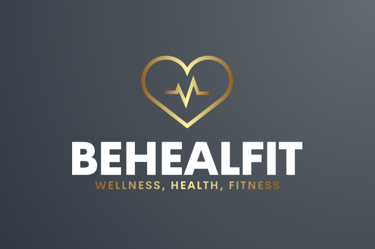What Is Shokuiku? The Japanese Technique for Balanced Eating
Discover Shokuiku, the Japanese food education technique that connects nutrition, health, and well-being. A practical guide to mindful and balanced eating.
HEALTHBLOG-LIST
Narcisse Bosso
8/25/20252 min read


In Brief
Shokuiku is a Japanese philosophy and technique of food education that emphasizes awareness and balance in eating. More than just a diet, it is a cultural and educational approach that teaches the importance of nutrition for physical, mental, and emotional health. Today, Shokuiku is gaining attention worldwide as both a preventive health strategy and a lifestyle practice.
Table of Contents
The Origins of Shokuiku
The Core Principles of Shokuiku
Eating in Balance
Choosing Natural and Seasonal Foods
Developing Food Awareness
Connecting Food and Overall Well-Being
The Benefits of Shokuiku
How to Apply Shokuiku in Daily Life
FAQ
Conclusion
The Origins of Shokuiku
The word Shokuiku (食育) literally means “food education.” It first appeared in Japan in the 19th century and was later integrated into public health policies to promote healthier lifestyles. The goal is to teach from a young age that nutrition is central to health and that it influences both energy and longevity.
👉 Also read: Japanese Habits That Promote Longevity.
The Core Principles of Shokuiku
1. Eating in Balance
Shokuiku encourages balanced, varied meals that provide essential nutrients while respecting moderation.
2. Choosing Natural and Seasonal Foods
Fresh, local, minimally processed foods are at the heart of this Japanese technique.
3. Developing Food Awareness
Eating mindfully, appreciating every bite, recognizing satiety, and avoiding unconscious snacking.
4. Connecting Food and Overall Well-Being
Shokuiku goes beyond nutrition: it includes social aspects (sharing meals) and mental aspects (eating calmly and with gratitude).
The Benefits of Shokuiku
Lower risk of diet-related diseases (obesity, diabetes).
Better digestion and metabolism.
Greater satisfaction and emotional balance.
Transmission of healthy habits from childhood.
👉 See also: The Benefits of Proper Hydration.
How to Apply Shokuiku in Daily Life
Prepare meals with simple, natural foods.
Follow the hara hachi bu rule (stop eating at 80% fullness).
Share meals with family or friends.
Eat slowly and mindfully to connect with food.
FAQ
1. Is Shokuiku a diet?
No. It is a philosophy of balanced and mindful eating, not a restrictive regimen.
2. Can it be practiced outside Japan?
Yes, the principles can be applied in any culture by prioritizing local, seasonal foods.
3. How is it different from mindful eating in the West?
Shokuiku is an institutionalized practice in Japan, combining health, culture, and food education.
4. Is it suitable for children?
Yes, in fact, one of its main purposes is to teach children how to eat well from an early age.
Conclusion
Shokuiku is more than a Japanese technique: it is a philosophy of life. By putting nutrition at the center of well-being, it helps people live healthier, more mindful, and more harmonious lives.
💡 Action step: Try the Japanese hara hachi bu practice today: stop eating when you feel about 80% full.
Scientific Sources
Ministry of Health, Labour and Welfare, Japan. Shokuiku Basic Act.
Tada N. Shokuiku: Nutrition education in Japan. Asia Pac J Clin Nutr. 2007.
World Health Organization. Diet, Nutrition and the Prevention of Chronic Diseases.
Written by Narcisse Bosso, certified naturopath. His lifelong passion for health became a profound calling after a loved one passed away from a natural illness that could have been prevented with simple lifestyle changes and habits.
